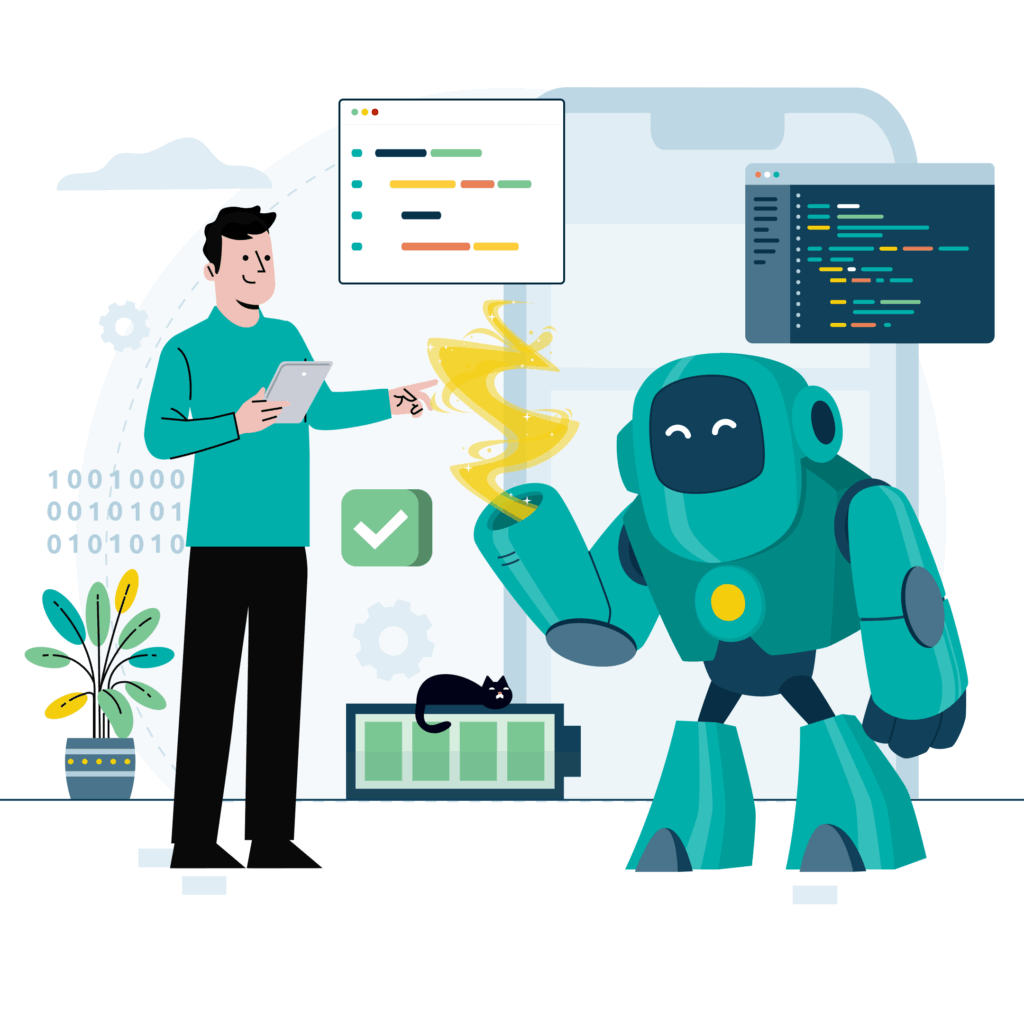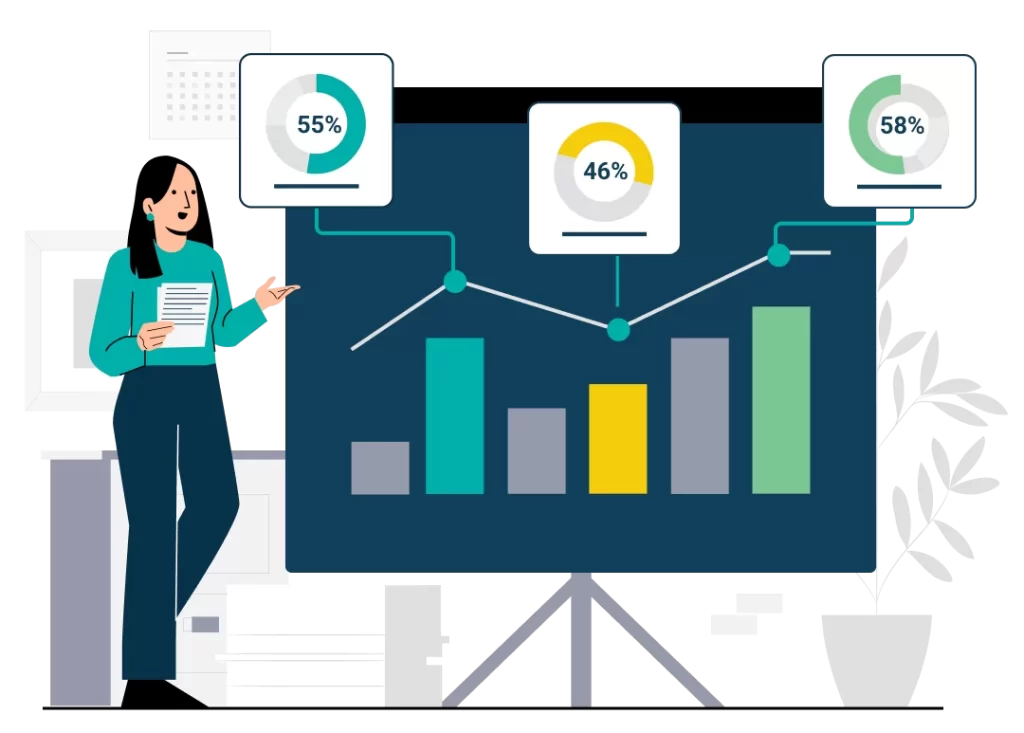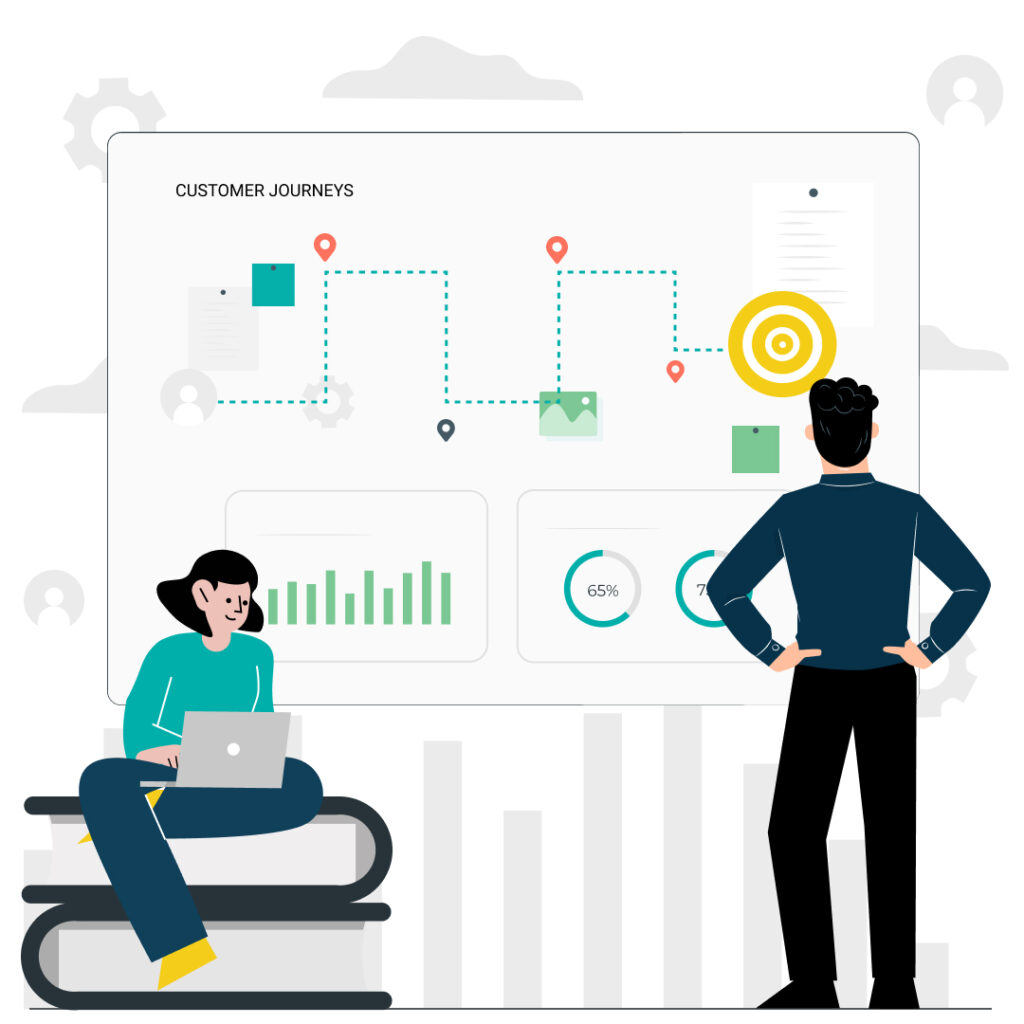Introduction
Architecture katas provide engineering teams with essential practice opportunities for developing architectural thinking and decision-making skills. Unlike traditional training methods, these collaborative exercises simulate real-world business scenarios where teams must design solutions while managing constraints, quality attributes, and stakeholder requirements. As part of our complete framework for architecture decision-making, this guide provides comprehensive frameworks for implementing architecture kata sessions, from beginner foundation exercises to advanced scenarios, complete with facilitation guides, assessment methods, and long-term programme development strategies that transform architectural learning from theory into practiced expertise.
What Are Architecture Katas?
Architecture Katas are small-group exercises where teams practice designing software architectures using realistic business scenarios. Similar to coding katas that help developers practice programming skills, architecture katas provide safe environments for teams to experiment with architectural decisions, explore trade-offs, and develop collaborative problem-solving abilities without real-world consequences.
Each kata presents a scenario representing actual business requirements and an architectural design challenge, often modelled after a Request for Proposal (RFP). Teams of 3-5 people receive these scenarios and must understand requirements, identify Quality Attributes, and design solutions within Time Boxing constraints. The exercises combine structured problem-solving with Small Group Formation dynamics that encourage diverse perspectives and collaborative decision-making.
Teams practice designing software systems while learning to balance competing concerns like performance, security, and maintainability. The real value emerges from the collaborative problem-solving journey that develops architectural thinking skills, applying concepts from architecture decision records to document their reasoning.
How Do Architecture Kata Sessions Work?
Architecture kata sessions follow a structured format with defined roles, time constraints, and collaborative phases. Workshop Facilitation begins with problem statement presentation, followed by requirements discovery where teams interact with a Customer Persona to clarify business context and constraints.
The typical session structure includes:
- Problem statement presentation (10 minutes)
- Requirements Discovery and clarification (15 minutes)
- Solution design (45-60 minutes)
- Presentation preparation (10 minutes)
- Team presentations (5 minutes each)
- Peer review with Voting Process (10 minutes)
Teams progress through distinct phases: understanding the problem, identifying quality attributes, exploring solution options, making trade-off decisions, and documenting chosen architectures. Time-boxing forces teams to make decisions with incomplete information, mimicking real-world architectural decision-making pressures.
The moderator plays the customer role, answering questions about requirements while avoiding leading teams toward specific solutions. Essential materials include whiteboards, sticky notes, markers, and timers. For remote sessions, teams use collaborative tools like Miro for diagramming and breakout rooms for discussions. The voting phase creates accountability and provides immediate feedback on architectural decisions.
What Skills Do Architecture Katas Develop?
Architecture katas systematically develop architectural thinking skills including requirements clarification, Quality Attribute identification, trade-off analysis, and collaborative decision-making. Teams practice asking clarifying questions, prioritising conflicting requirements, communicating architectural decisions clearly, and defending design choices through structured peer challenge processes.
The exercises build Architectural Decision Making competencies by forcing teams to weigh competing quality attributes and understand that optimising for one often means compromising on another. Time constraints develop judgment about when to stop analysing and commit to a direction, while group dynamics teach consensus building and productive disagreement management.
Cross-team Collaboration emerges naturally as teams share solutions and provide peer feedback during voting processes. After 5-10 kata sessions, teams show marked improvement in speed of problem analysis, depth of solution exploration, and quality of trade-off reasoning. Skills developed transfer directly to real project work, particularly in architecture review sessions and technical decision-making scenarios. The Knowledge Sharing aspect creates lasting organisational benefits as architectural thinking patterns spread across engineering teams.
How Do You Set Up Your First Architecture Kata Session?
Setting up effective architecture kata sessions requires careful preparation of scenarios, team formation strategies, Workshop Room or Remote/Hybrid Workspace configuration, and clear role assignments. Success depends on selecting appropriate difficulty levels, ensuring diverse team composition, and establishing psychological safety for experimentation and learning.
Essential preparation includes selecting beginner-level scenarios that are domain-adjacent but not identical to daily work, forming teams of 3-5 people with mixed experience levels, and preparing workspace with adequate materials. Choose scenarios containing 3-5 clear quality attributes and realistic constraints. Small Group Formation should deliberately mix experience levels, combining senior architects with mid-level engineers.
The Moderator Role requires thorough scenario understanding, preparation of answers to likely questions, and resistance to guiding teams toward specific solutions. Establish ground rules upfront: there are no wrong answers, all ideas worth exploring, constructive criticism only, and focus on learning rather than winning.
Physical setup needs wall space or whiteboards for each team, comfortable seating, and presentation area visible to all teams. For virtual sessions, test collaboration tools beforehand, create breakout rooms in advance, and ensure all participants can screen share.
What Are Effective Beginner Architecture Exercises?
Beginner exercises focus on fundamental architectural thinking skills through simplified scenarios with clear constraints and well-defined quality attributes. These foundation exercises teach teams to ask clarifying questions, identify System Boundaries, and understand relationships between business requirements and architectural decisions without overwhelming complexity.
Effective beginner exercises feature clear business requirements, 2-3 well-defined Quality Attribute Ranking, minimal technical constraints, and familiar domain context. The Online Bookstore scenario asks teams to design a system serving 10,000 daily users with 99.9% availability and sub-2 second page loads, including book catalogue, user reviews, shopping cart, and order processing capabilities. Teams typically discover the value of caching for performance, database partitioning for scalability, and backup strategies for availability.
The Team Task Tracker exercise creates architecture for 50-person company task management with data consistency and ease of use priorities. Solution Sketching practice uses basic diagramming techniques while System Requirements remain clear and bounded.
How Do Intermediate Teams Practice Complex Trade-offs?
Intermediate exercises introduce competing quality attributes, budget constraints, legacy system integration, and stakeholder conflicts that require sophisticated trade-off analysis. Teams practice handling ambiguous requirements, managing Technical Debt considerations, and balancing short-term delivery pressure with long-term architectural sustainability.
These scenarios present requirements from different stakeholders: end users wanting simplicity, operations demanding maintainability, security requiring strict controls, and business pushing for quick delivery. The Healthcare Patient Portal scenario must ensure HIPAA compliance while providing responsive user experience and integrating with Legacy System Integration constraints. Teams learn to design anti-corruption layers and gradual migration strategies.
Budget limitations force teams to prioritise features and make build-versus-buy decisions based on total cost of ownership. Stakeholder Requirements often conflict, requiring teams to document explicitly why quality attributes were prioritised and what compromises were accepted. The Financial Services Platform challenge demands processing 100,000 transactions per second while maintaining audit trails and preventing unauthorised access, all within $2M budget and 18-month timeline constraints. Architectural Trade-offs become central focus as teams learn to balance competing needs while justifying decisions through structured reasoning, practicing the reversible vs irreversible decisions framework to understand when to commit to architectural choices.
What Advanced Scenarios Challenge Expert Teams?
Advanced scenarios simulate enterprise-scale architectural challenges including regulatory compliance, Distributed Systems complexity, Evolutionary Architecture requirements, and organisational constraints. Expert teams practice handling incomplete information, managing distributed system trade-offs, and designing for unknown future requirements while maintaining current system operations.
Expert-level exercises feature incomplete or contradictory requirements, multi-region distributed system needs, Regulatory Compliance across jurisdictions, and evolutionary architecture requirements for unknown future needs. The Global Streaming Platform scenario supports 50M users across 6 continents with local content regulations, variable network conditions, and requirements for both live and on-demand content delivery. Teams must address CAP theorem trade-offs, applying principles from monolith decomposition strategies:
- Design for partition tolerance
- Handle eventual consistency
- Manage distributed transactions across microservices
The Global Financial Exchange challenge handles 1M transactions per second across 50 countries with different regulatory requirements, supporting both centralised and DeFi operations while ensuring compliance and preventing money laundering. Expert scenarios require teams to define measurable fitness functions ensuring architecture evolves correctly over time while navigating GDPR, CCPA, data localisation requirements, and industry-specific regulations.
How Do You Facilitate Effective Learning Sessions?
Effective facilitation requires balancing structure with flexibility, managing group dynamics, encouraging productive conflict, and ensuring all participants contribute meaningfully. Successful moderators guide teams through discovery processes, maintain energy and focus, and create environments where teams feel safe to experiment and potentially fail.
The Moderator Role involves monitoring for dominance patterns where one person controls discussion, withdrawal where members disengage, groupthink where teams converge too quickly, and analysis paralysis where teams can’t make decisions. Productive Conflict emerges through asking “what could go wrong with this approach?”, encouraging devil’s advocate positions, and celebrating when teams change minds based on discussion.
Group Dynamics management uses structured breaks between phases and rotating speaking responsibilities to maintain engagement. Learning Environment creation requires establishing ground rules and celebrating failed experiments as learning opportunities. When teams are stuck, effective intervention techniques include asking clarifying questions and facilitating structured brainstorming.
How Do You Build Long-term Architecture Learning Programs?
Sustainable learning programmes require systematic skill progression planning, regular session scheduling, outcome measurement, and integration with team development goals. Successful programmes balance individual skill development with organisational knowledge sharing, creating communities of practice that continue learning beyond formal sessions.
Team Learning Program design features regular cadence with monthly sessions recommended, progressive Skill Development paths, clear learning objectives per session, and integration with career development goals. Structure programmes in levels: Foundational (months 1-3) covering basic patterns, Intermediate (months 4-8) introducing trade-offs, Advanced (months 9-12) tackling enterprise complexity, and Expert (ongoing) addressing emerging architectural challenges.
Community of Practice development builds learning communities through regular sessions, shared repositories of scenarios and solutions, and mentorship relationships between participants. Knowledge Sharing systems include scenario libraries with difficulty ratings and solution patterns from past sessions, while governance frameworks ensure learning translates into consistent organisational practices.
These exercises complement the broader architecture guide by providing hands-on application of decision-making frameworks. Teams can study real-world case studies to understand how theoretical concepts apply in practice. Demonstrate programme value through documented skill improvements, real project decision improvements, and reduced architecture review cycles. Sustained engagement emerges through scenario variety and rotating facilitation responsibilities.
How Do You Measure Architecture Skill Development Progress?
Measuring architectural skill development requires both qualitative assessment of decision-making quality and quantitative tracking of learning engagement and progression. Effective measurement combines peer assessment, self-reflection frameworks, and observable behaviour changes in real project work to demonstrate skill development and programme value.
Skill Assessment frameworks evaluate multiple dimensions: problem analysis capability, solution design quality, trade-off reasoning depth, communication effectiveness, and collaborative contribution. Qualitative Measures use rubrics for assessing decision rationale quality, peer feedback on solution presentations, self-reflection journals on learning progress, and mentor observations of skill application.
Observable Behaviours monitor real-world application through architecture review participation quality and increased confidence in architectural discussions. Portfolio assessment allows participants to reflect on growth through maintaining collections of kata solutions over time. Combining self-assessment, peer feedback, and facilitator observations provides comprehensive skill development pictures.
FAQ Section
Can architecture katas work for remote teams?
Yes. Remote teams successfully conduct architecture katas using virtual whiteboarding tools like Miro or Mural, video conferencing for presentations, and breakout rooms for team discussions. Key adjustments include clear tool training, shorter time-boxes, and structured facilitation.
How often should teams practice architecture katas?
Monthly sessions provide optimal balance between skill development and work commitments. Teams beginning their architectural journey might benefit from bi-weekly sessions initially, while experienced teams can maintain skills with quarterly intensive workshops.
What team size works best for architecture katas?
Teams of 3-5 people create optimal dynamics. Smaller groups might lack diverse perspectives, while larger teams can experience coordination overhead and reduced individual contribution opportunities.
Do architecture katas require specific tools or software?
Basic katas need only whiteboards, sticky notes, and markers. Virtual sessions require collaborative drawing tools. Advanced sessions might incorporate diagramming software, but complex tooling can distract from core learning objectives.
How do you handle different skill levels in the same session?
Mix experience levels within teams to promote knowledge transfer. Assign roles based on experience and use tiered scenarios where teams self-select difficulty appropriate to their collective skill level.
Can architecture katas replace formal architecture training?
Architecture katas complement but don’t replace formal training. They excel at applying theoretical knowledge and developing practical skills, while formal training provides foundational concepts.
How do you measure ROI of architecture kata programmes?
Track improvements in architecture review efficiency, reduction in major design rework, and increased architectural consistency across projects. Document specific instances where kata-learned skills prevented costly mistakes.
What makes a good architecture kata scenario?
Effective scenarios balance realism with learnability, include clear business context, specify 3-5 measurable quality attributes, and relate to participants’ domain experience without being too familiar.
How do you prevent architecture katas from becoming routine?
Vary scenario domains, rotate moderator responsibilities, invite external participants for fresh perspectives, and incorporate real project challenges as scenario foundations.
Should architecture katas focus on specific technologies?
Generally avoid technology-specific focus unless teaching particular architectural styles. Technology-agnostic scenarios develop broader thinking skills and prevent sessions from becoming implementation discussions.
How do you encourage participation from introverted team members?
Structure explicit thinking time before group discussions, use written brainstorming before verbal sharing, and create smaller breakout discussions before full-team presentations.
Can architecture katas help with actual project decisions?
While katas shouldn’t replace formal architecture reviews, teams often apply kata-developed skills to real projects. Some organisations use modified kata formats for exploring actual project architectures in safe environments.
Conclusion
Architecture katas transform theoretical architectural knowledge into practical team capabilities through structured practice and collaborative learning. By implementing regular kata sessions, from beginner exercises through advanced enterprise scenarios, engineering leaders develop their teams’ abilities to handle complex architectural decisions confidently. The combination of systematic skill progression, effective facilitation, and measurable outcomes creates sustainable learning programmes that directly improve project outcomes. Start with monthly sessions using beginner scenarios, establish consistent facilitation practices, and progressively increase complexity as teams develop competency, building organisational capability that translates directly into better architectural decisions and more successful software systems.












